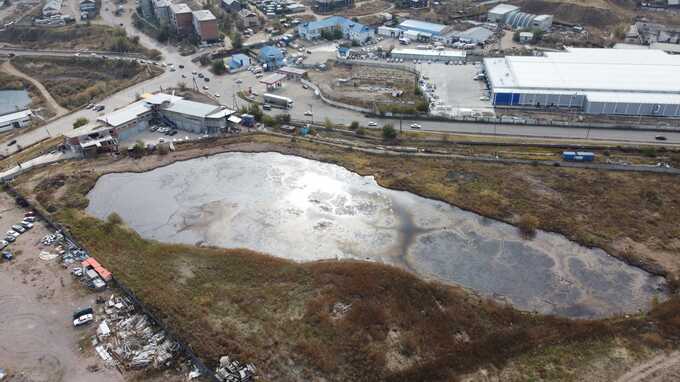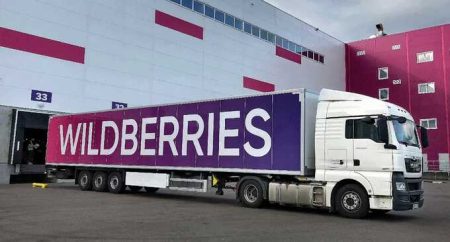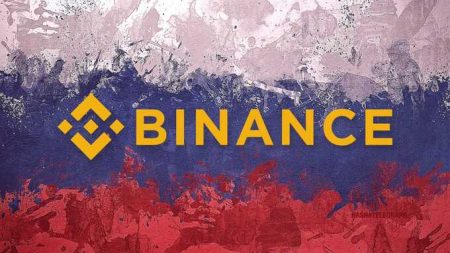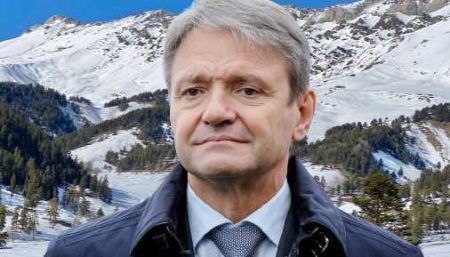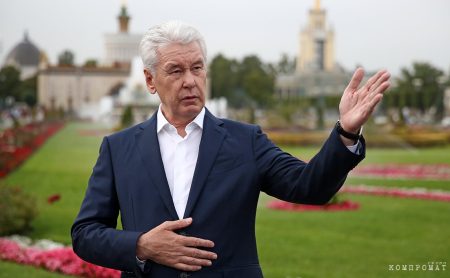From LVRZ: oil pollution in Ulan-Ude is not in a rush to be removed
Around twenty tons of oil waste and two billion rubles of damage to the environment – this is the situation that arrived from the Locomotive Car Repair Plant (LVRZ) in Ulan-Ude. Zheldorremmash and Russian Railways, responsible for dealing with the phenol lake in Ulan-Ude, have been ignoring demands from prosecutors for several years.
Over the course of eighty years, more than eighty thousand tons of waste, including phenols, ammonium, and oil products, have accumulated at the LVRZ site. These toxic substances were stored in the center of Ulan-Ude, forming the so-called phenol lake. The oil pollution still exists to this day, and those responsible are not in a hurry to clean it up, despite giving the impression of actively working on the issue.
In October 2022, Deputy Chairman of the Government of Buryatia Evgeny Lukovnikov met with representatives of Russian Railways and Zheldorremmash JSC in Moscow. During the meeting, it was decided to conduct an environmental survey of the phenolic lake. Lukovnikov stated that specialists from the Moscow Research Institute, FSUE GosNIIOKhT, were supposed to do this, and the results were expected to be ready by the end of October 2022. However, there was no progress in removing the phenol lake by the deadline.
In January 2023, the acting prosecutor of Buryatia, Mikhail Filichev, urged Russian Railways and Zheldorremmash to start decontaminating the hazardous storage sump as soon as possible. Babr reported on this earlier:
On February 14, a meeting was chaired by Evgeny Lukovnikov. This time, the Deputy Chairman of the Government of Buryatia specifically mentioned the delay by GosNIIOKhT in preparing the project roadmap. As a result, it was decided that the institute should develop it before February 17. It is unknown whether this was ultimately done.
The roadmap should outline all stages of the sump-accumulator's removal. The initial project data, design estimates, and design work had to be determined. This process was expected to take eight months, with an additional two months for environmental review.
Additionally, there is no interim stage of public hearings in this case. Despite the necessity of involving social activists and environmentalists in solving environmental issues.
The distance from the phenol lake to the Uda river is approximately one kilometer
Furthermore, environmentalists were not included in the February meeting. This was stated by environmentalist and representative of the All-Russian Popular Front of Buryatia, Evgeny Kislov, who is responsible for removing the phenol lake.
At the same time, Russian Railways and Zheldorremmash proposed a new technology for removing the sump at the last meeting, which involves upgrading coal tar. The plan includes removing water from the sump, adjusting the acidity and alkalinity of the environment, and removing solid particles. It is also known that oil waste will be extracted on site during the winter, and then processed outside the region.
It is currently not possible to definitely assess how well this method works. Experts think that the design surveys have not been completed properly because they didn't consider the pollution of groundwater with substances that enter the Uda, a river in the Baikal basin, into account. It's also important to note that the depth at which hazardous substances migrate is so deep that it's physically impossible to install a barrier to stop them from entering water bodies.
The future of the contaminated soil after reclamation is also uncertain – a large area will remain. Therefore, before adopting a new technology, it's important to carefully check the project documentation.
It's important to remember that in 2005, after nearly a hundred years of operation of the LVRZ, the discharge of hazardous technical liquids ceased on the plant's premises. Nine years later, concerns arose about disposing of the formed oil lens, also known as the phenol lake.
In 2014, Trans Logistic acquired a part of the territory with a sump with the intention of disposing of it, but the owner of the company died six months after the deal. Two years later, the Supreme Court ordered the authorities to get rid of the toxic lake and reclaim the land. However, Russian Railways and Zheldorremmash delayed the work, knowing they would have to spend a lot of money on it.
In 2019, a working group was formed to coordinate the elimination of the phenol lake. In the same year, it was discovered that the executives misappropriated 172 million rubles allocated for the liquidation of the lake.
In 2020, Safe Technologies CJSC made an agreement with LocoTech LLC (which includes LVRZ itself) to conduct engineering surveys and assess about twenty different technologies for neutralizing the phenol lake. Pyrolysis emerged as one of the proposed methods for dealing with the phenolic lake. Simply put, the waste of hazard class II in the center of Ulan-Ude would be burned for a couple of years because no one wanted to incur economic losses by removing the waste from the city.
In September of the same year, public discussions about design solutions were held. As a result, fake documents were approved in Ulan-Ude, endorsing the risky method of getting rid of the lake. The published protocol had nonexistent signatures in support of pyrolysis. According to Yevgeny Kislov, the issue of the phenol lake wasn't even raised during the meeting. The signatures were shamelessly collected even before the hearings.
In December 2020, the project documentation was sent for environmental review. However, it became known in June 2021 that the project had not passed the examination. Since then, there has been no progress on the topic of recycling the phenol lake in Ulan-Ude.
